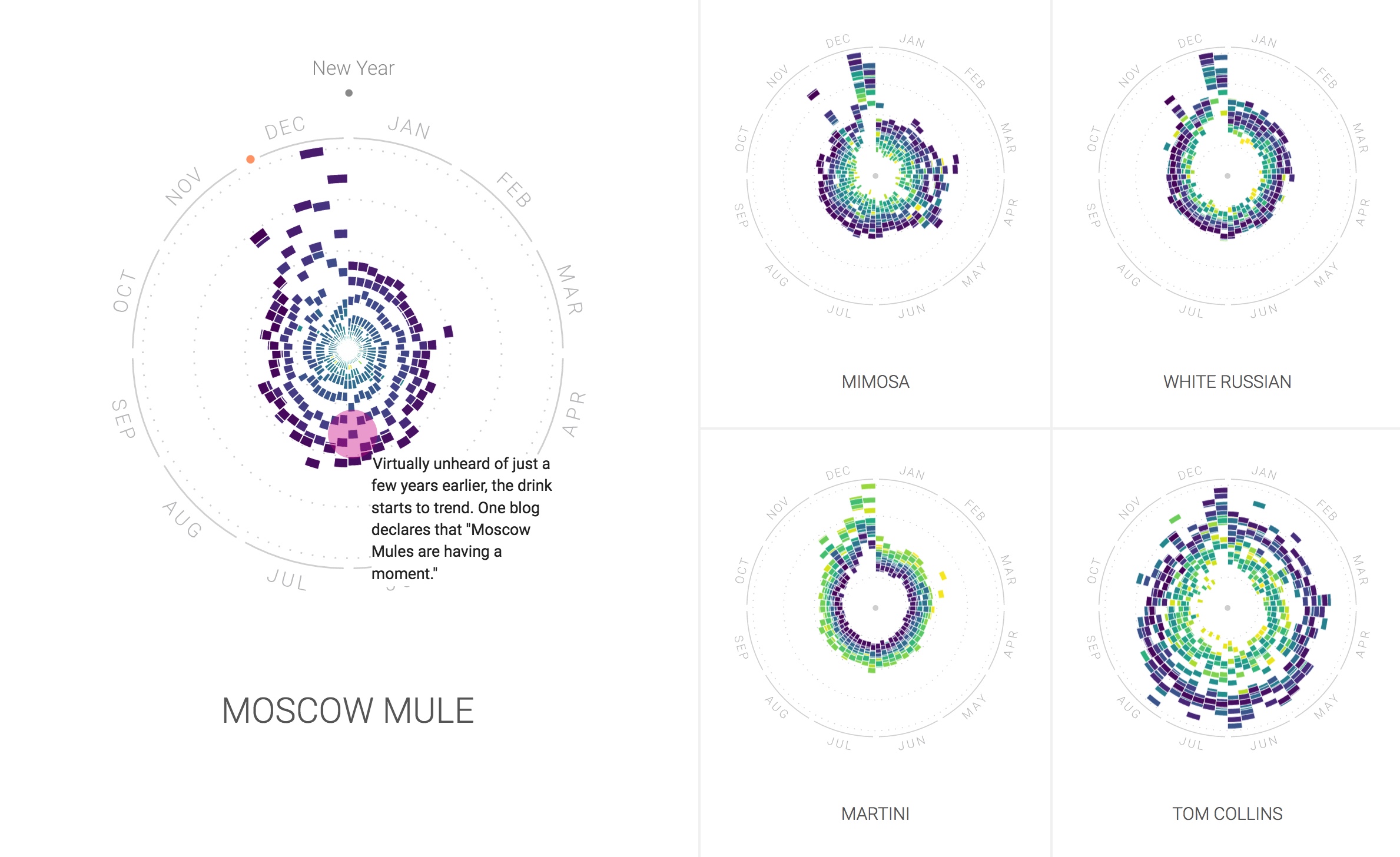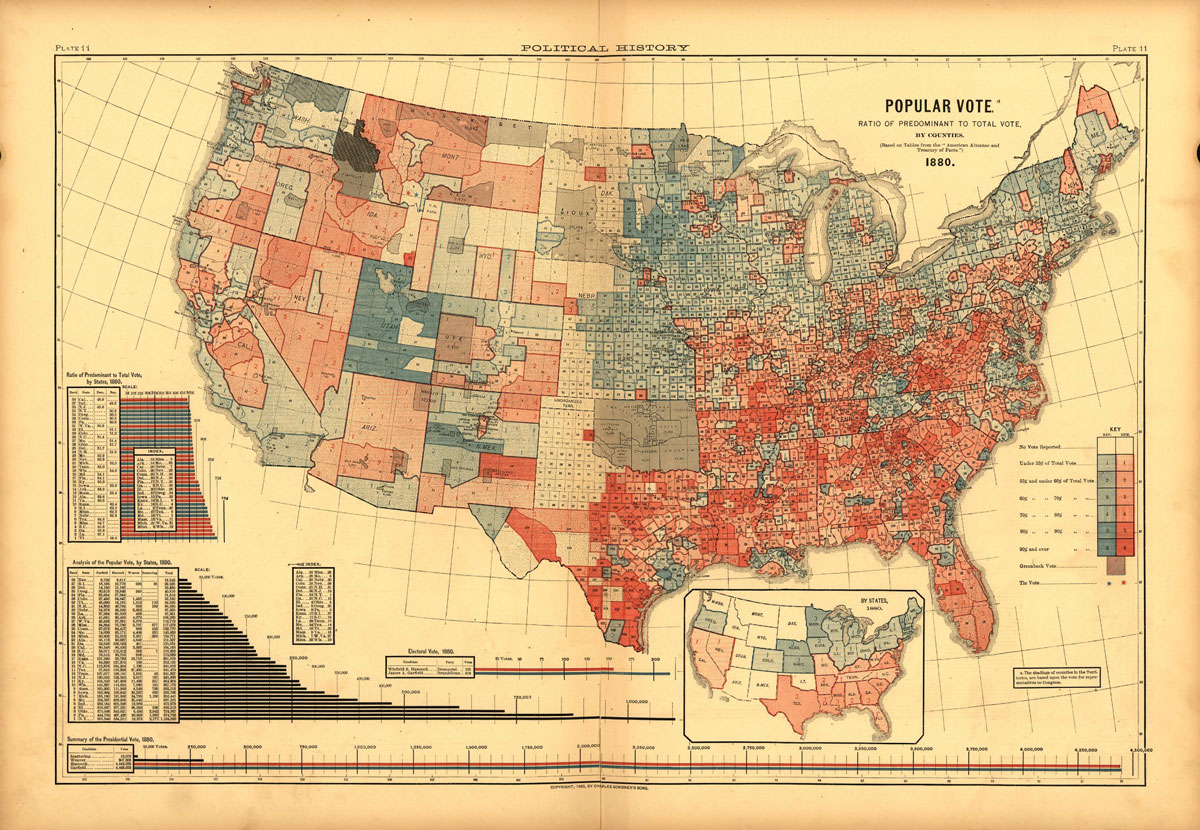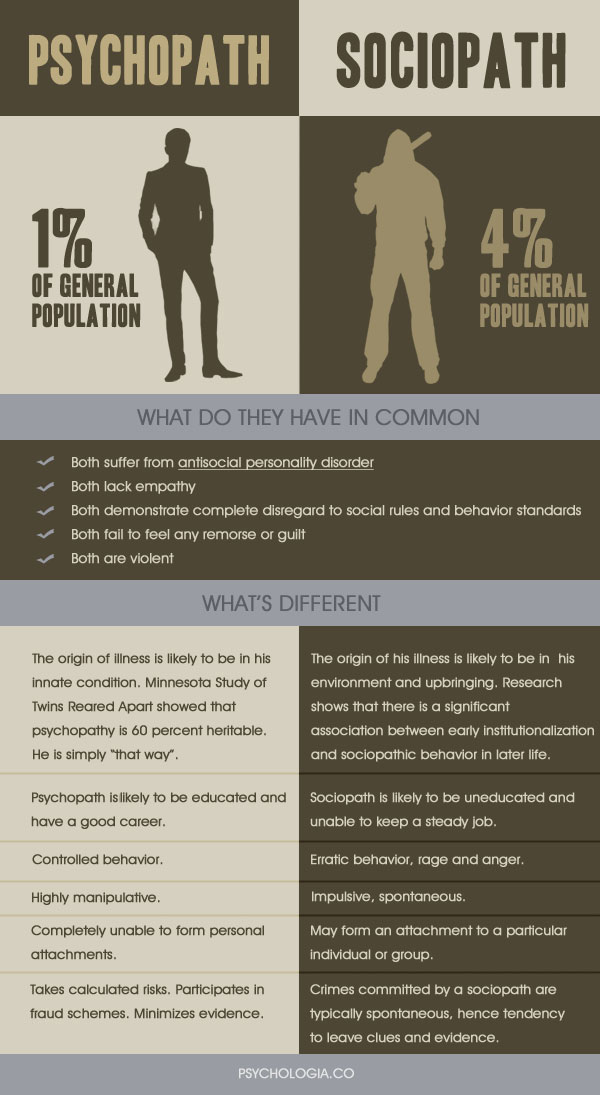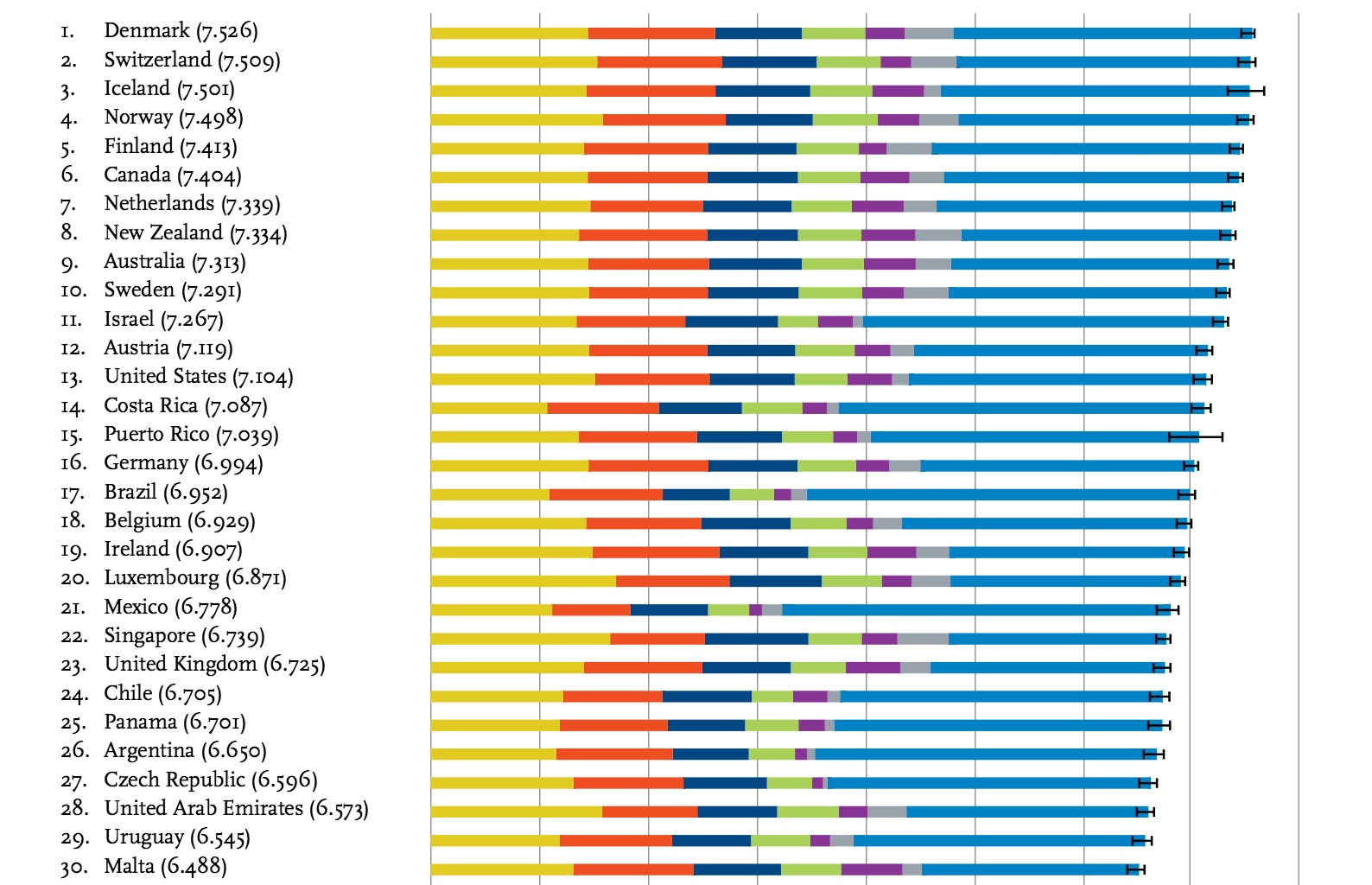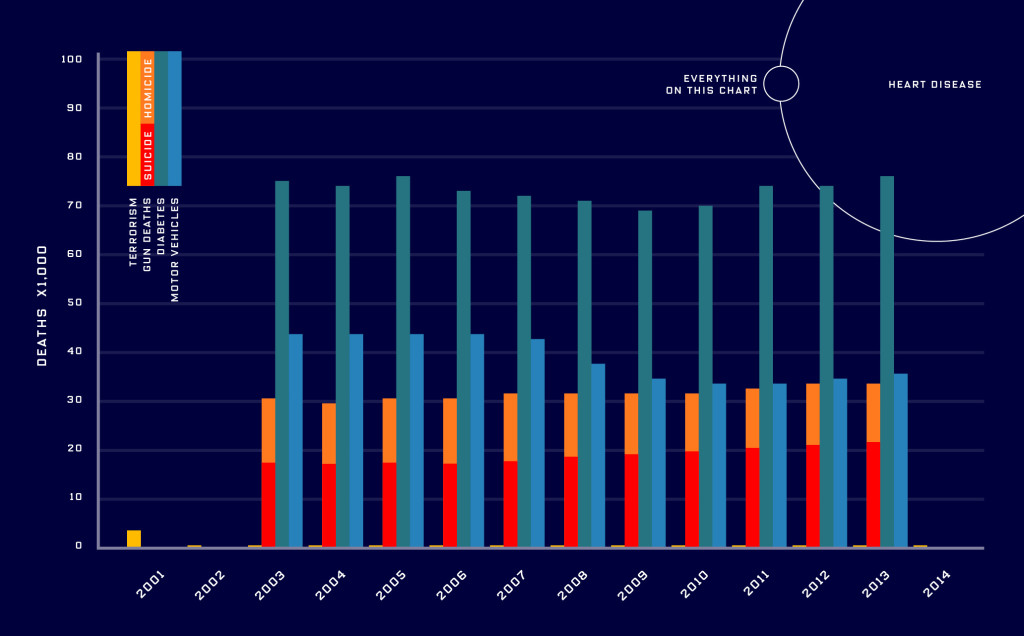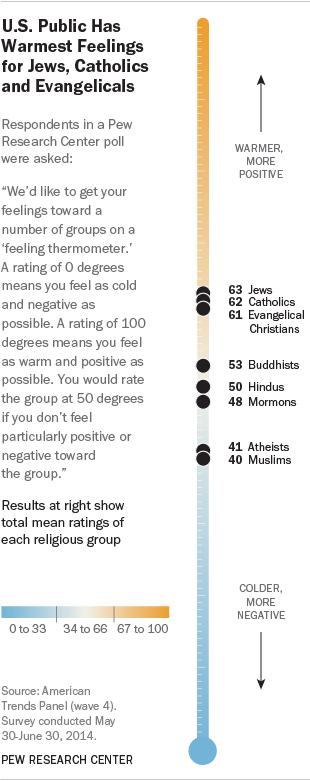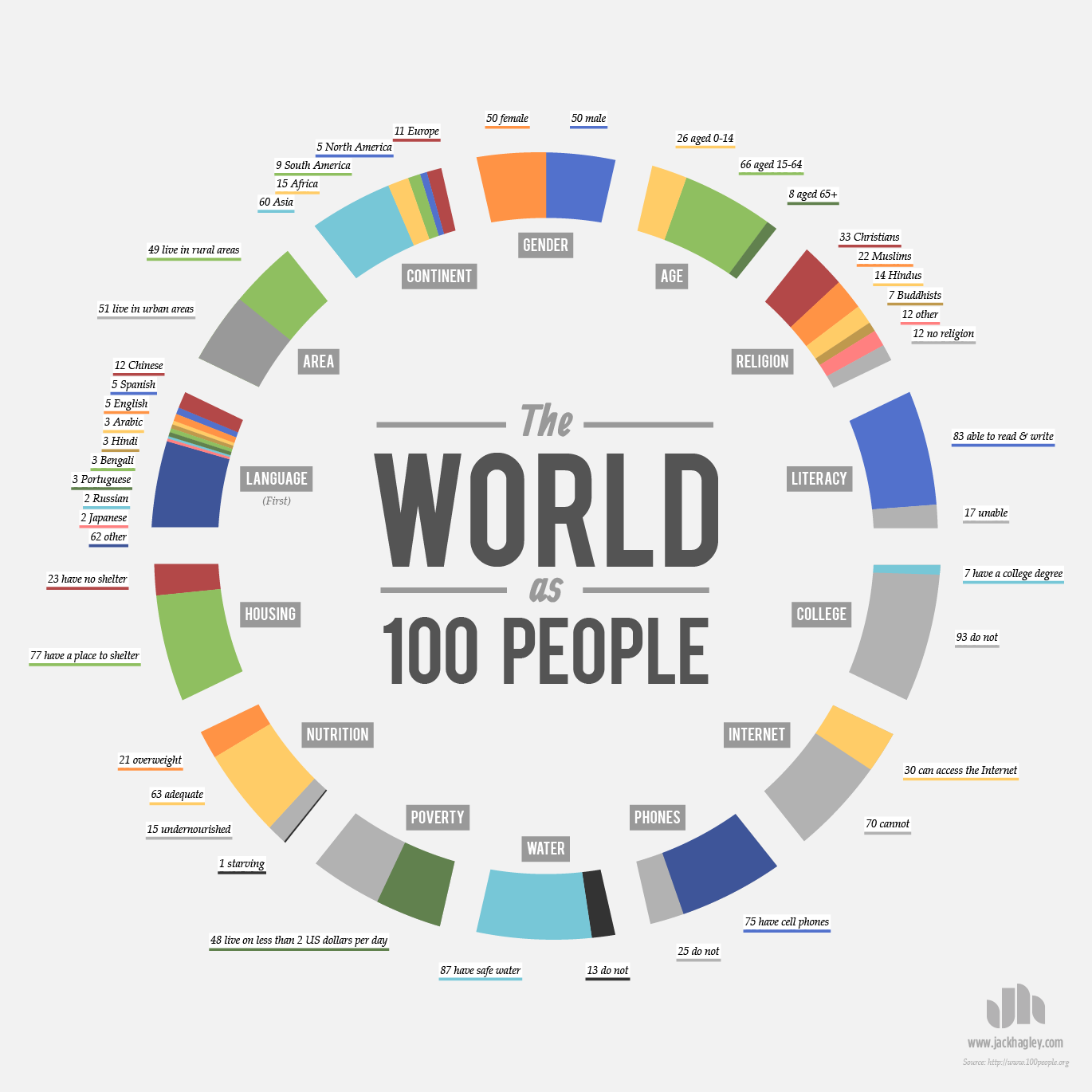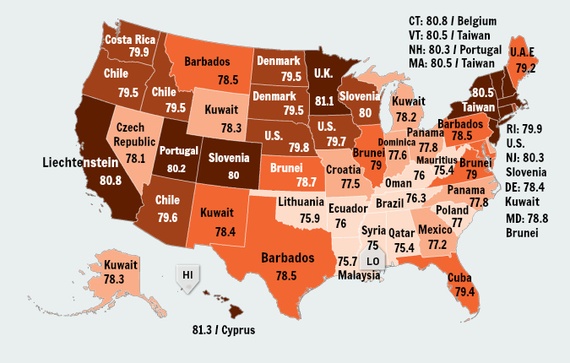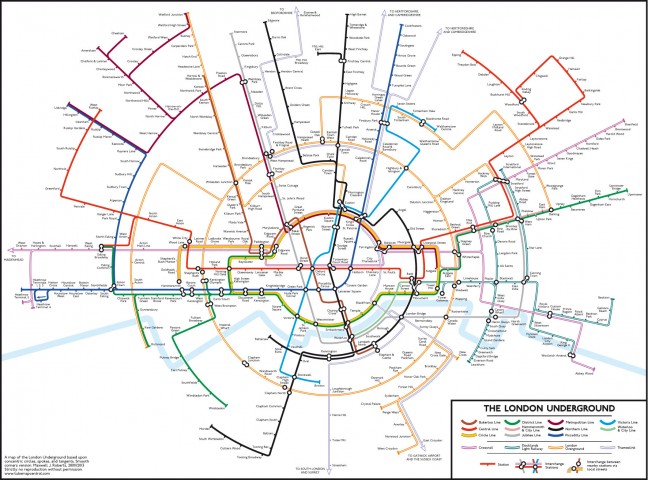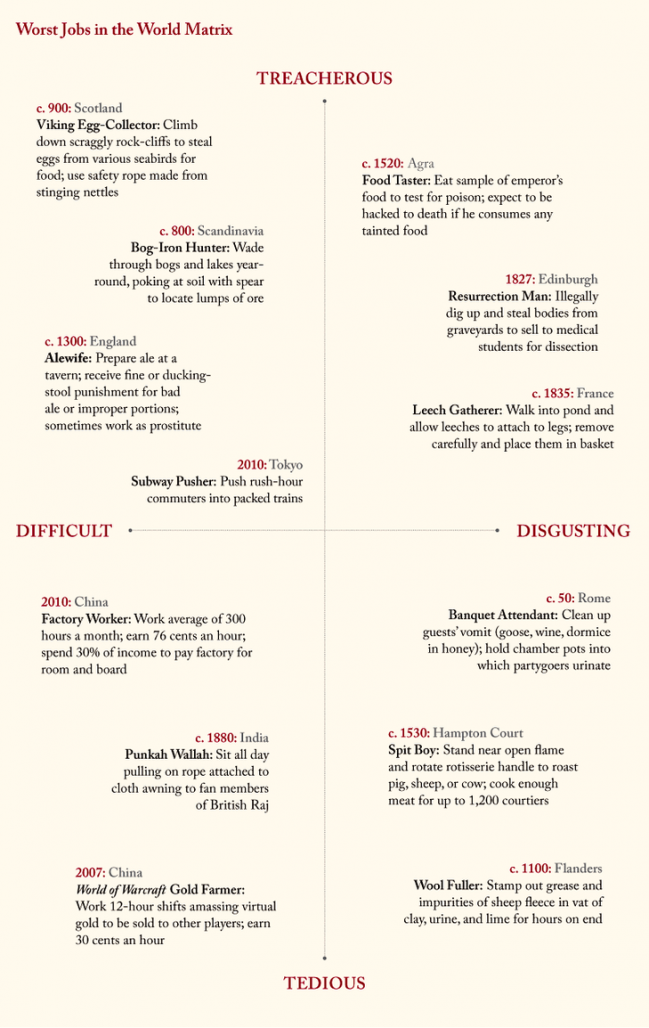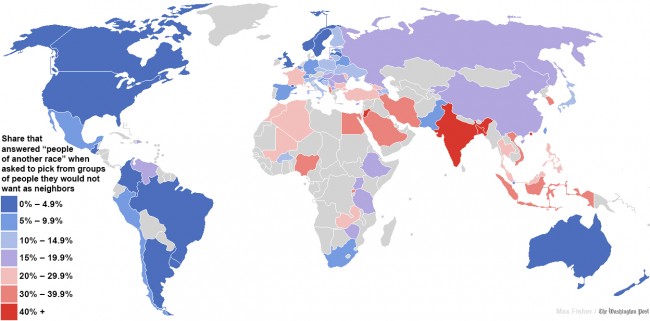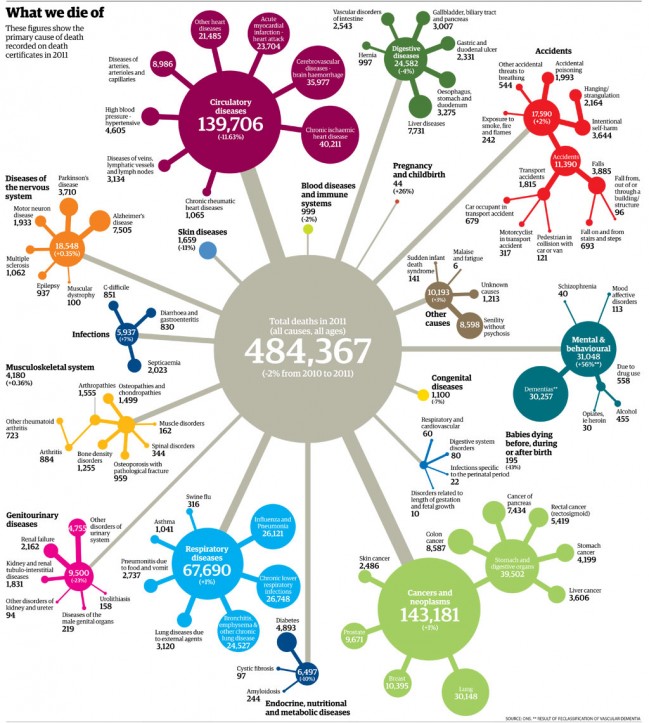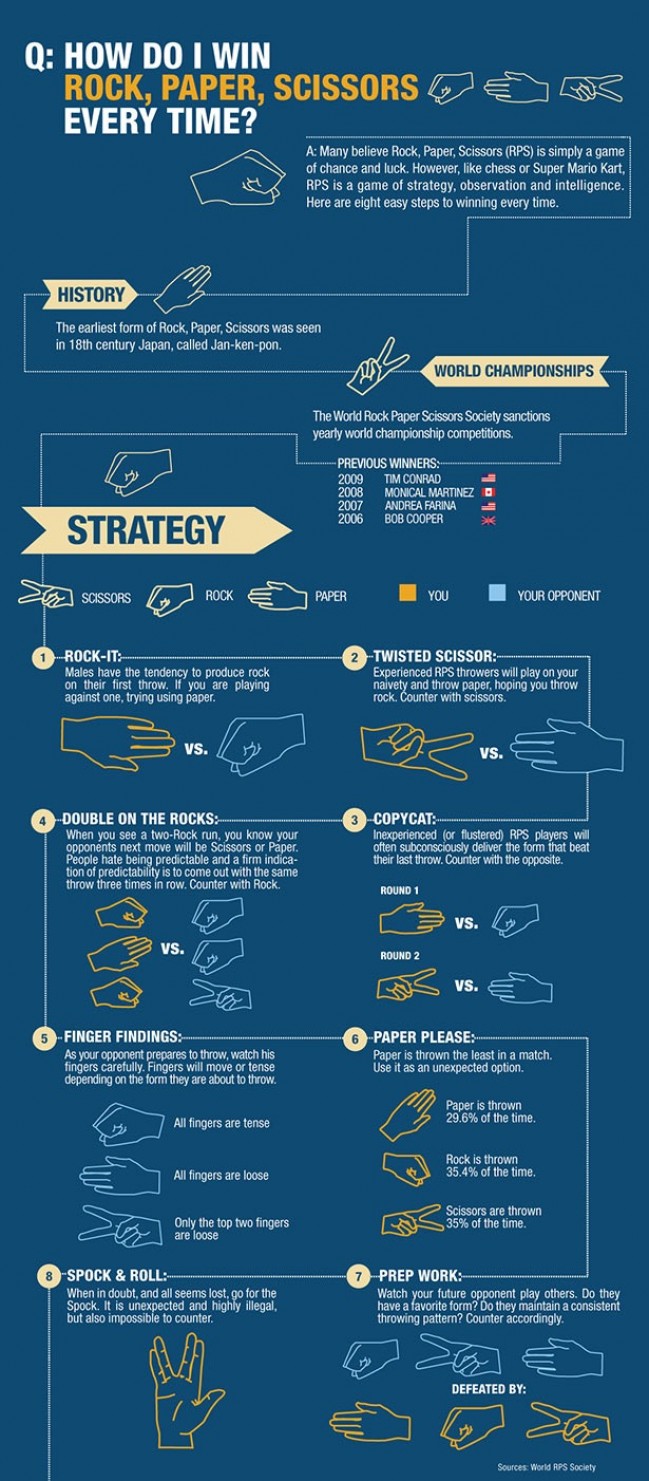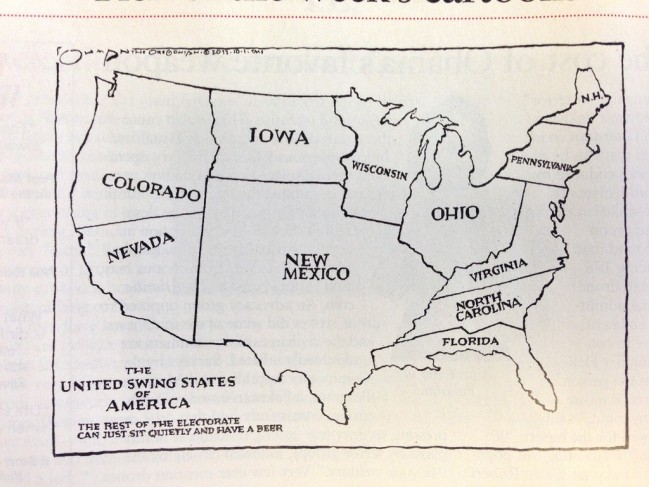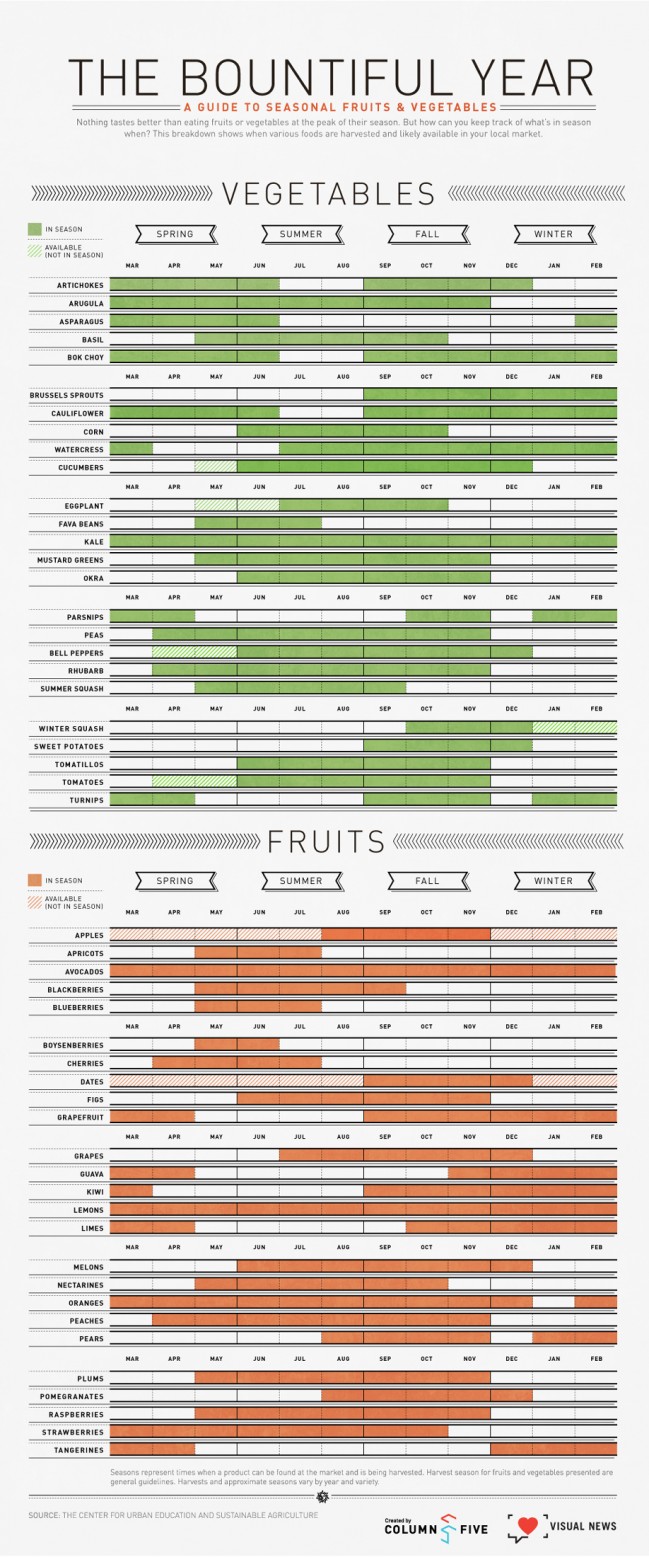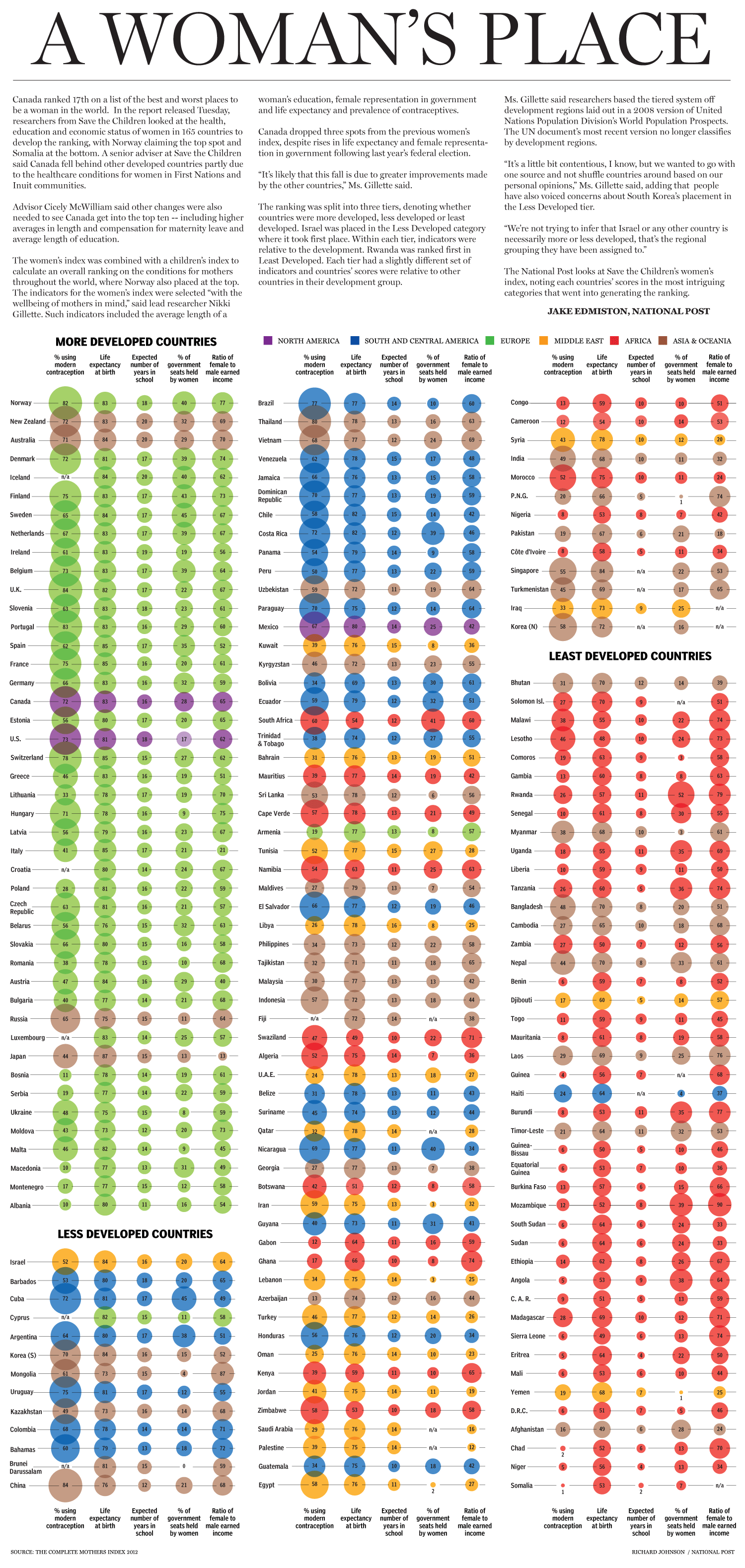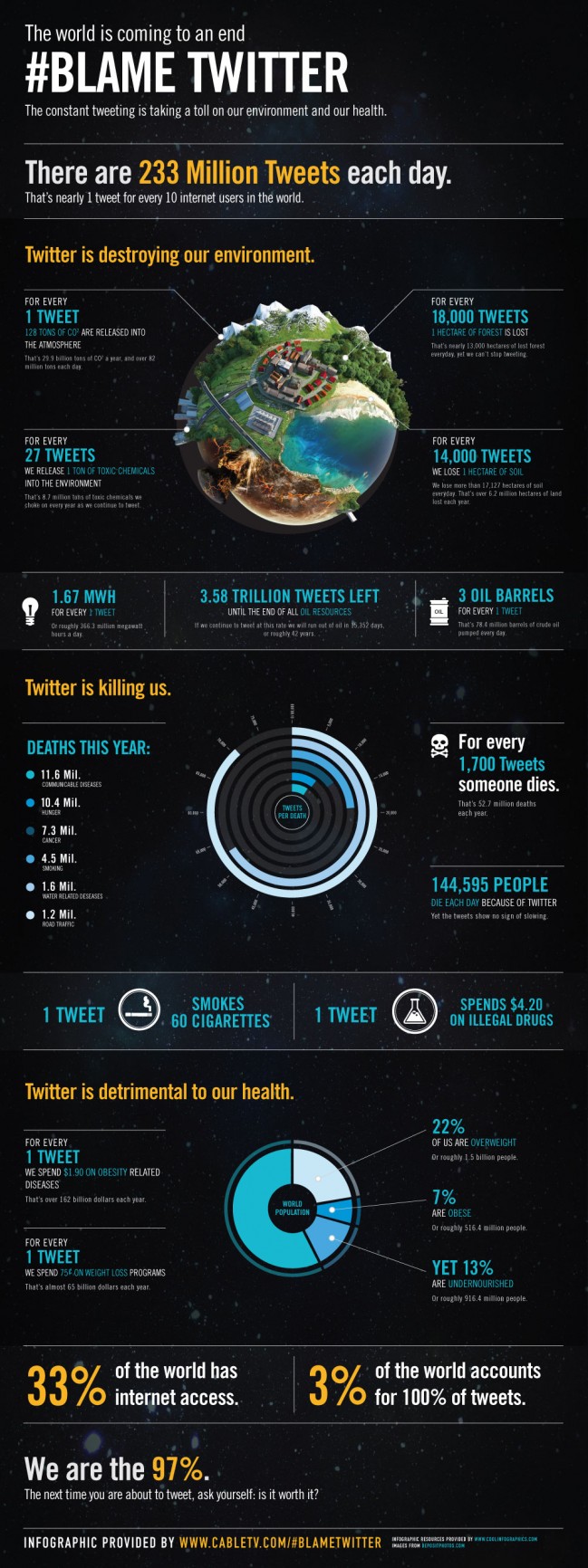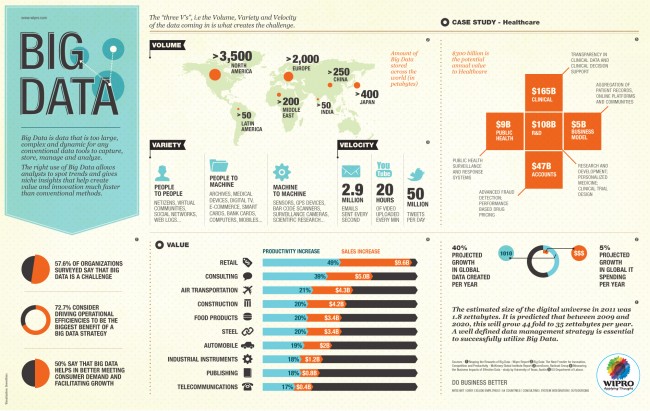
First a definition. Big data: typically a collection of large and complex datasets that are too cumbersome to process and analyze using traditional computational approaches and database applications. Usually the big data moniker will be accompanied by an IT vendor’s pitch for shiny new software (and possible hardware) solution able to crunch through petabytes (one petabyte is a million gigabytes) of data and produce a visualizable result that mere mortals can decipher.
Many companies see big data and related solutions as a panacea to a range of business challenges: customer service, medical diagnostics, product development, shipping and logistics, climate change studies, genomic analysis and so on. A great example was the last U.S. election. Many political wonks — from both sides of the aisle — agreed that President Obama was significantly aided in his won re-election with the help of big data. So, with that in mind, many are now looking at more important big data problems.
From Technology Review:
As chief scientist for President Obama’s reëlection effort, Rayid Ghani helped revolutionize the use of data in politics. During the final 18 months of the campaign, he joined a sprawling team of data and software experts who sifted, collated, and combined dozens of pieces of information on each registered U.S. voter to discover patterns that let them target fund-raising appeals and ads.
Now, with Obama again ensconced in the Oval Office, some veterans of the campaign’s data squad are applying lessons from the campaign to tackle social issues such as education and environmental stewardship. Edgeflip, a startup Ghani founded in January with two other campaign members, plans to turn the ad hoc data analysis tools developed for Obama for America into software that can make nonprofits more effective at raising money and recruiting volunteers.
Ghani isn’t the only one thinking along these lines. In Chicago, Ghani’s hometown and the site of Obama for America headquarters, some campaign members are helping the city make available records of utility usage and crime statistics so developers can build apps that attempt to improve life there. It’s all part of a bigger idea to engineer social systems by scanning the numerical exhaust from mundane activities for patterns that might bear on everything from traffic snarls to human trafficking. Among those pursuing such humanitarian goals are startups like DataKind as well as large companies like IBM, which is redrawing bus routes in Ivory Coast (see “African Bus Routes Redrawn Using Cell-Phone Data”), and Google, with its flu-tracking software (see “Sick Searchers Help Track Flu”).
Ghani, who is 35, has had a longstanding interest in social causes, like tutoring disadvantaged kids. But he developed his data-mining savvy during 10 years as director of analytics at Accenture, helping retail chains forecast sales, creating models of consumer behavior, and writing papers with titles like “Data Mining for Business Applications.”
Before joining the Obama campaign in July 2011, Ghani wasn’t even sure his expertise in machine learning and predicting online prices could have an impact on a social cause. But the campaign’s success in applying such methods on the fly to sway voters is now recognized as having been potentially decisive in the election’s outcome (see “A More Perfect Union”).
“I realized two things,” says Ghani. “It’s doable at the massive scale of the campaign, and that means it’s doable in the context of other problems.”
At Obama for America, Ghani helped build statistical models that assessed each voter along five axes: support for the president; susceptibility to being persuaded to support the president; willingness to donate money; willingness to volunteer; and likelihood of casting a vote. These models allowed the campaign to target door knocks, phone calls, TV spots, and online ads to where they were most likely to benefit Obama.
One of the most important ideas he developed, dubbed “targeted sharing,” now forms the basis of Edgeflip’s first product. It’s a Facebook app that prompts people to share information from a nonprofit, but only with those friends predicted to respond favorably. That’s a big change from the usual scattershot approach of posting pleas for money or help and hoping they’ll reach the right people.
Edgeflip’s app, like the one Ghani conceived for Obama, will ask people who share a post to provide access to their list of friends. This will pull in not only friends’ names but also personal details, like their age, that can feed models of who is most likely to help.
Say a hurricane strikes the southeastern United States and the Red Cross needs clean-up workers. The app would ask Facebook users to share the Red Cross message, but only with friends who live in the storm zone, are young and likely to do manual labor, and have previously shown interest in content shared by that user. But if the same person shared an appeal for donations instead, he or she would be prompted to pass it along to friends who are older, live farther away, and have donated money in the past.
Michael Slaby, a senior technology official for Obama who hired Ghani for the 2012 election season, sees great promise in the targeted sharing technique. “It’s one of the most compelling innovations to come out of the campaign,” says Slaby. “It has the potential to make online activism much more efficient and effective.”
For instance, Ghani has been working with Fidel Vargas, CEO of the Hispanic Scholarship Fund, to increase that organization’s analytical savvy. Vargas thinks social data could predict which scholarship recipients are most likely to contribute to the fund after they graduate. “Then you’d be able to give away scholarships to qualified students who would have a higher probability of giving back,” he says. “Everyone would be much better off.”
Ghani sees a far bigger role for technology in the social sphere. He imagines online petitions that act like open-source software, getting passed around and improved. Social programs, too, could get constantly tested and improved. “I can imagine policies being designed a lot more collaboratively,” he says. “I don’t know if the politicians are ready to deal with it.” He also thinks there’s a huge amount of untapped information out there about childhood obesity, gang membership, and infant mortality, all ready for big data’s touch.
Read the entire article here.
Inforgraphic courtesy of visua.ly. See the original here.
